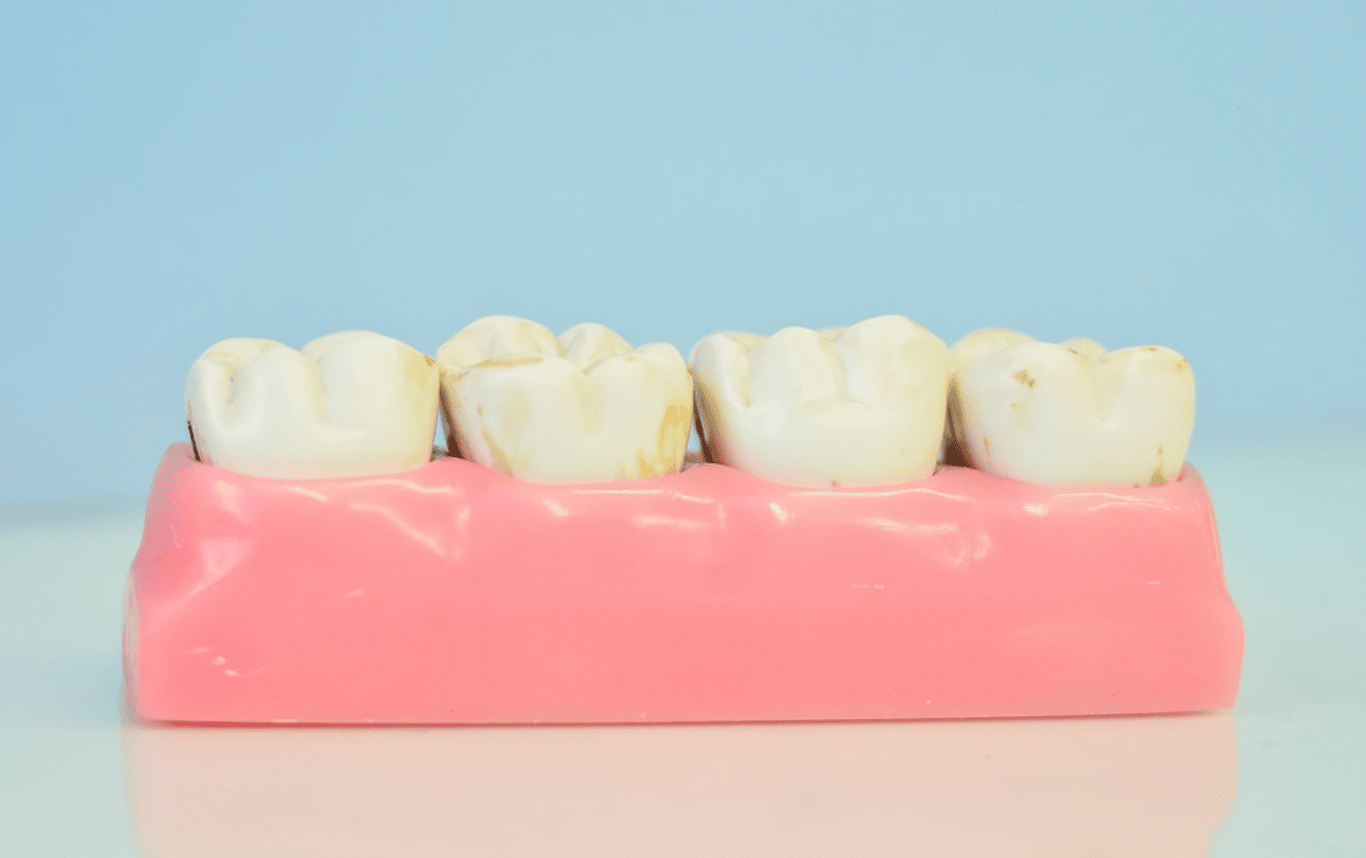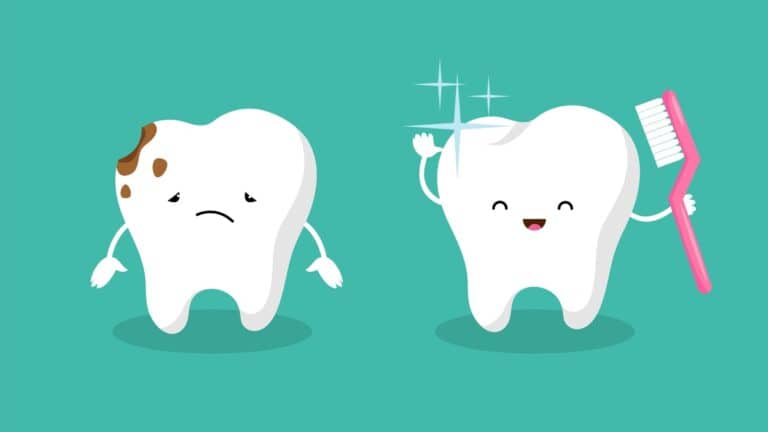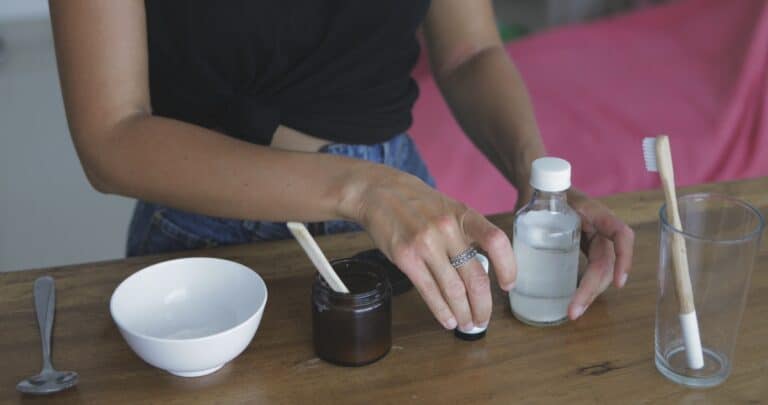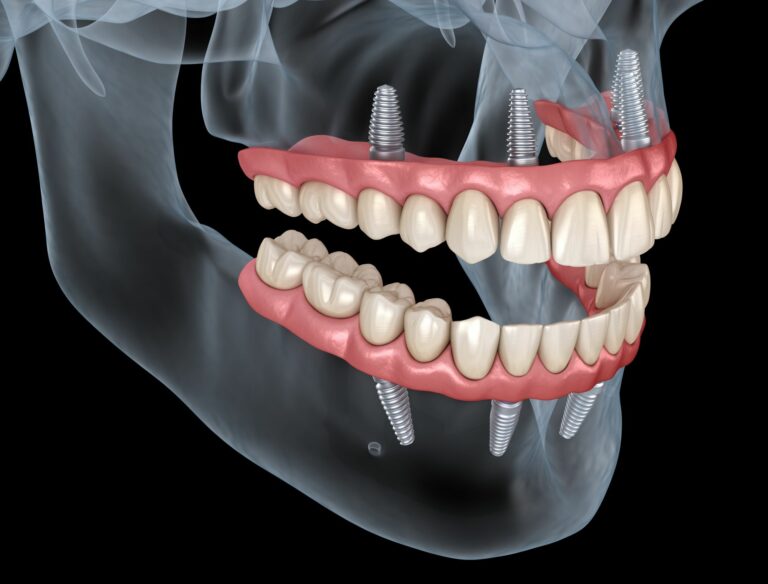If you’ve noticed your teeth don’t appear as white as they used to be, you’re not alone. The prevalence of teeth whitening products indicates teeth discoloration is a major concern affecting most people.
While it makes us self-conscious, teeth discoloration is quite common as it can result from many issues.
For most people, coffee is a principal offender. However, there are other potential causes we thought you should know.
This post will list common causes of teeth discoloration to help you take preventive measures and manage teeth discoloration.
In This Article
Certain Foods and Drinks
The foods and beverages you take more often can gradually discolor your teeth. The most common culprits are black teas and coffee, which contain teeth-staining compounds known as tannins.
They also wear out the enamel, making your teeth more vulnerable to damage. The acidic nature of white and red wine breaks down the enamel and makes it easier for the stains to stick to your teeth.
Vegetables are healthy, but they can also cause tooth discoloration. Fruits and vegetables such as blueberries, apples, beetroots, cranberries, potatoes, cherries, tomatoes, raspberries and citrus fruits are likely to stain your teeth. Generally, foods and drinks that stain your clothes can also stain your teeth.
Tobacco Smoking
Tobacco users will likely experience gum diseases, bad breath and stained teeth. The active compounds, tar and nicotine, leave a yellow-brownish stain on your teeth. The stain builds up over time, creating permanent brown discoloration on the teeth.
Tobacco stains are hard to remove as nicotine stains settle deep in the dentin layer, the inner layer below the enamel. If tobacco smoking is the primary cause of tooth discoloration, consider using teeth whitening trays which are highly effective.
Smile Brilliant custom teeth whitening trays offer good results for tobacco-stained teeth as they have an affordable and unique package designed for people with stained teeth.
Certain Medication
Some antibiotics can contribute to tooth discoloration, such as tetracycline and doxycycline. They can darken teeth for children below eight years. Antidepressants, antipsychotics, antihistamines and medications used to treat high blood pressure also cause teeth discoloration when used for a lengthy period.
Oral rinses, especially those containing cetylpyridinium chloride or chlorhexidine, can cause tooth stains. If you’re on long-term medication, it’s essential to speak to your doctor about the side effects of each drug before you start taking it.
Poor Dental Hygiene
If you haven’t been giving proper care to your teeth, they will likely get discolored from everyday use. After eating, dentists often recommend brushing, rinsing and flossing to remove food particles.
Tooth decay or plaque build-up can hasten tooth discoloration. When you fail to brush your teeth regularly, you allow food particles, bacteria and other substances to stick around in your teeth and permanently attach with time, leading to stains.
Poor oral hygiene also leads to other serious dental issues, such as an increased risk of heart disease and Alzheimer’s disease. According to a recent study, people with gum disease are likely to develop dementia and Alzheimer’s disease.
The report also showed gum inflammation causes lower scores on cognitive tests. Other health complications linked to poor oral health include stroke, diabetes, cancer, respiratory illness, arthritis, kidney disease, infertility and pregnancy complications.
The Aging Process
As you age, the outer layer of enamel on your teeth wears away over time, revealing the next layer of the tooth or dentin. Dentin is naturally yellowish in color, which becomes the visible color.
In some cases, other issues such as foods, drinks, beverages and certain medications can contribute to discoloration in senior adults. If ignored and left untreated, the stained teeth can become obvious over time and you may start to notice your teeth appear more yellow or brown as you age.
Seniors are also likely to neglect their oral hygiene, which contributes to stained teeth. If you have severe stains, your dentist can prescribe an effective whitening process or method.
Illnesses
Some medical conditions affect the enamel and cause color changes in your teeth. For example, celiac disease causes enamel defects. The result is yellow or brown spots on the teeth. Other conditions leading to changes in the color of your teeth include liver disease, metabolic disease, rickets, calcium deficiency and eating disorders.
Some medical treatment procedures can cause tooth discoloration, such as chemotherapy and head and neck radiation. Additionally, some infections in pregnant mothers can lead to teeth discoloration in babies by impacting the enamel.
Fluorosis
Fluorosis occurs when you expose the teeth to excess fluoride during the first eight years of life. This means the condition is more common in children than in adults. A significant cause is the excess fluoride consumption from fluoridated water, supplements, mouthwash and toothpaste.
This cosmetic condition causes the development of white chalky stains on the teeth. In mild cases, the white stains may not be visible from far away. In severe cases, the teeth can have stains ranging from yellow to dark brown, surface irregularities and noticeable pits. Fortunately, you can treat fluorosis with simple dental procedures such as bonding.
Tooth Trauma
Accidents or falls can damage the tooth pulp, resulting in gray or black tooth discoloration. The fall also disturbs the enamel formation due to severe shock. Internal bleeding can also lead to discoloration and changes in tooth color. If you or your child falls and hurts their teeth, it’s essential to see a dentist immediately to assess the injury, rule out enamel damage and provide effective treatment.
Genetics
Sometimes, you may not have control over your tooth discoloration problem because it’s a matter of luck. Whether your teeth are white or brown depends on your genes, which means some people simply have thicker, brighter enamel than others.
If you’re struggling with tooth discoloration, it is possible you inherited teeth that stain easily or have a naturally yellow enamel. Fortunately, you can still achieve a perfect smile using teeth whitening products like mouthwashes and toothpaste.
Final Thoughts
Teeth discoloration is a normal occurrence you can fix using simple whitening products. However, knowing what causes the staining is more critical as it allows you to take preventive measures and manage the discoloration effectively. Be sure to assess the above causes and rule them out one-by-one.
Once you find the primary cause, find ways to cut down or reduce contact with your teeth. Lastly, oral hygiene is vital in preventing tooth discoloration and other dental health problems. Keep your teeth clean by brushing, rinsing and flossing often and scheduling regular visits to the dentist to keep your oral health in check.











